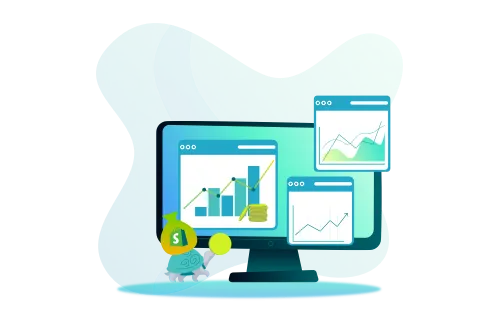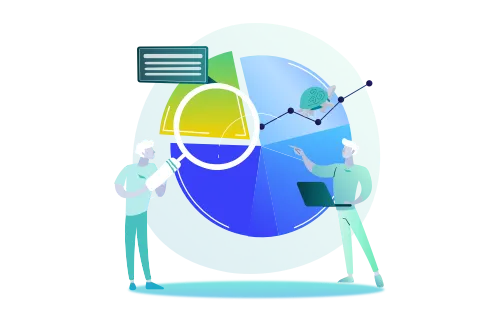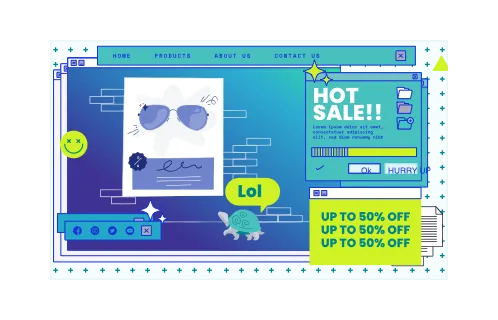With Shopify announcing that checkout.liquid will be deprecated on August 13, 2024, there’s only one way out. Businesses have to migrate from checkout.liquid to Shopify checkout extensibility. Although it’s going to take some time, the resulting upgrade will undoubtedly be positive for your business. All you need to do is learn how.
With many Shopify case studies in our portfolio, GenovaWebArt is a leading expert on Shopify customization. This is why we’re basing the guide on our own approach to the migration. We’ll teach you step-by-step how to change your checkout page.
Thanks to helpful screenshots, you’ll quickly understand the process and will be able to switch without issue. We’ll also cover the features that don’t get transferred between the two checkouts and offer guidance on ways to customize them. Without further ado, let’s teach you how to move to Shopify checkout extensibility.
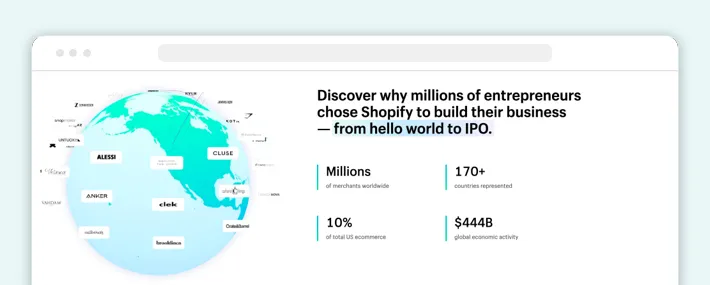
Steps to Move Checkout.liquid to Shopify Checkout.Extensibility
Here’s how to conduct the move, step by step.
Step 1: Review Your Current Settings
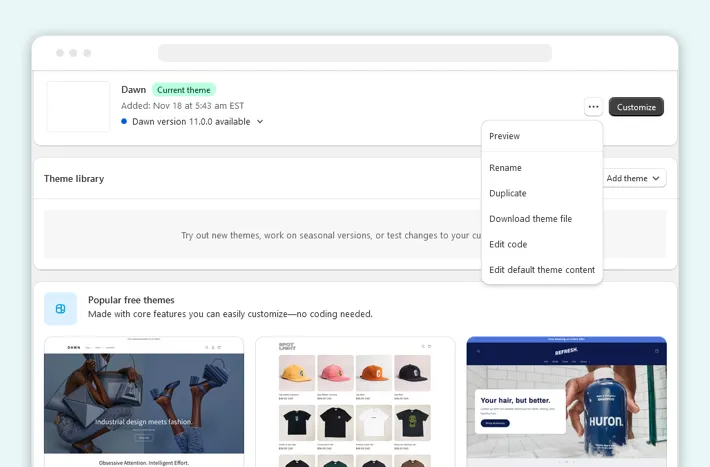
Go to your admin panel and choose Online Store, then click Themes. There, pick your currently active theme. Choose the Edit Code option and see what your checkout.liquid settings are. You can copy some of them for future use.
Step 2: Create Your New Checkout
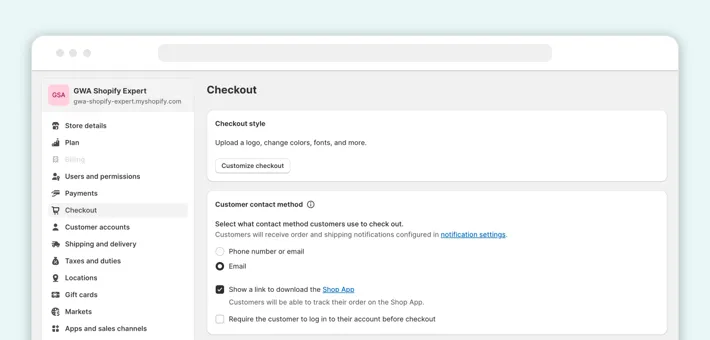
Go back to the main admin screen and choose Settings. There, pick Checkout and Checkout Customization. We covered this in our checkout customization guide and will dedicate a section below. In short, you can add apps, set up Pixels and other features, and more. Extensibility is quite flexible in that regard, making it easy to change through the Shopify editor.
Step 3: Publish the New Pages
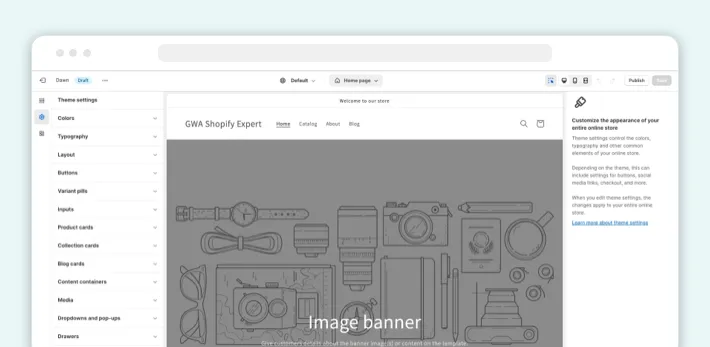
Once you’re sure that everything is set up, choose Publish. You will be asked to confirm that you want to replace the checkout.liquid. You need to confirm this, which is why we included step 1, where you could save whatever code you wanted. Once you’ve clicked Yes, the process is done. Your new checkout is published, and you’re free to customize your Shopify checkout functions further.
Customizing the checkout with Checkout Extensibility
When upgrading your checkout, it’s important to customize it well. There are a few things you can do to put yourself above fellow merchants. Mostly, they’re about making the checkout more functional and giving better service to the customer. Here’s what you can do.
Installing Checkout Apps
You can pick some apps from the Shopify app center to add extra functions to your checkout page. This includes reward program apps, tracking apps for shipping, and upsell and cross-sell applications. It’s all the tools you need to make the experience better for customers, as well as maximize sales and conversions.
Setting Up Your Pixels
Go to Settings > Customer Events in your admin panel to do the pixels setup. Pixels will help you track customer actions: clicking links, putting products in their cart, and navigating the site. While checkout.liquid has some similar capabilities, they’re much broader with extensibility.
With pixels being run in an isolated sandbox, you can be sure that only the intended data is being collected. This helps with security, as well as lets you target your pixels more precisely. Overall, you should already be familiar with how they work, with extra quality on top of the known functions.
Setting Up Additional First-Party Features
Certain things that had to be manually added to checkout.liquid are natively available with extensibility. This means you can easily set up discounts, integrate Shopify Functions, and list a few metafields. The latter will help you include more information about products, such as:
- Part numbers
- Colors
- Launch date
- Products from the same category
Features incompatible with checkout.liquid
While the checkout.liquid to Shopify checkout extensibility migration itself shouldn’t give you any issues, remember that this is still a major change. One side effect of it is that your Shopify theme can’t be automatically imported to extensibility. However, the positives outweigh the negatives by a lot. Here’s a list of some features that you can’t actually get with checkout.liquid.
- B2B
- Shop Cash
- Try-before-you-buy
- Preorders
- Product bundles
B2B
This unlocks your ability to run your Shopify store in the B2B format, catering to other businesses. It includes support for multiple currencies, catalogs that are unique to each customer, and the ability to unite multiple customers under one profile.
Shop Cash
For US-based businesses, Shop Cash serves as a Shopify-specific rewards program. Customers will be able to earn Shop Cash by using Shop Pay on orders and redeem it later. This helps drive repeat purchases and incentivizes brand loyalty.
Try-before-you-buy
Also known as TBYB, this lets you send a product to a customer for a “test run” of sorts. If they are happy, their payment method will be charged. If they still have some hesitation, the product can be shipped back. The payment can be fully pre-authorized to ensure that the chosen payment method has the funds available for that.
Preorders
A self-explanatory function that lets you presell products that are currently not in stock or have not been released yet. This is good for building excitement about a particular product, as well as letting customers request specific goods. When a preorder is placed, a shop can collect full or partial prepayment.
Product Bundles
While this comes with a long list of requirements, being able to bundle products together to increase upsells and provide customers with lucrative deals is worth it. You can preset bundles with customers being able to choose specific parameters. If you are using checkout extensibility Shopify Plus, you can rely on third-party apps to make custom bundles using the API.
How Can GenovaWebArt Assist You?

As we have shown, moving from extensibility to liquid isn’t a problem. With the latter being deprecated, it’s a process you have to undergo no matter what, so use our guide when the time comes.
Checkout extensibility migration shouldn’t be too complicated, but it’s always best to have professionals work on it. This will let you take advantage of the new functions that extensibility brings. Using deep customization, you can optimize your store for the most demanding clients. For that kind of quality, you can always turn to GenovaWebArt - a professional Shopify development agency.
With more than a decade of experience and satisfied customers worldwide, we are a safe and reliable choice for your Shopify needs. Whether you simply want to migrate from checkout.liquid to Shopify checkout extensibility or add some functionality to your site, we can do it. Contact us now to get started.
![Shopify Checkout.liquid to Shopify Checkout Extensibility [Guide] - GenovaWebArt blog article, banner image Shopify Checkout.liquid to Shopify Checkout Extensibility [Guide] - GenovaWebArt blog article, banner image](https://genovawebart.com/hubfs/img/webp/hero-banner-blog-article-shopify-checkout-extensibility.webp)


